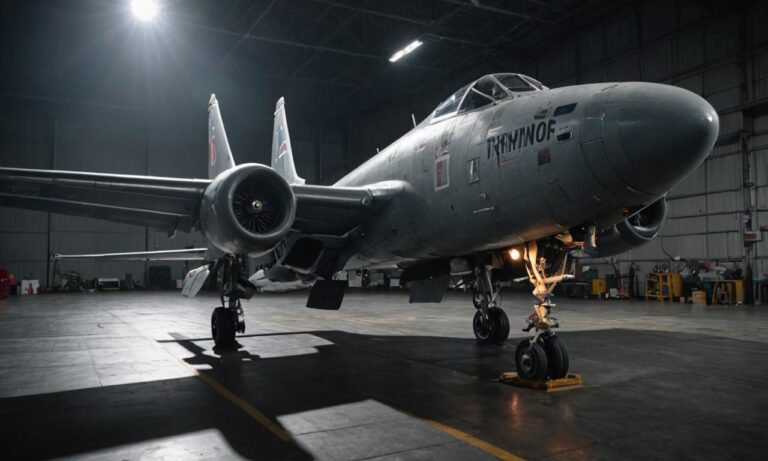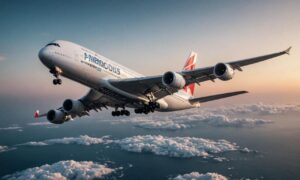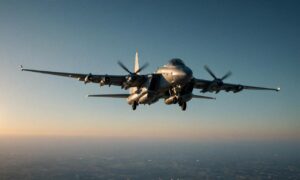Trimming an aircraft is a fundamental aspect of flight control systems, essential for maintaining stability and achieving desired flight characteristics. In this guide, we delve into the intricacies of what trimming an aircraft means and its significance in aviation.
The Basics of Aircraft Trimming
Trimming refers to the process of adjusting control surfaces to balance the forces acting on an aircraft. These forces include lift, weight, thrust, and drag. Proper trimming ensures that the aircraft maintains a desired attitude and flight path with minimal pilot input.
Importance of Aircraft Trimming
Trimming is crucial for several reasons:
- Stability: Trimmed aircraft are more stable, reducing the need for constant manual control adjustments by the pilot.
- Efficiency: Proper trimming minimizes drag and optimizes fuel efficiency, enhancing overall performance.
- Control: It enables pilots to control the aircraft precisely, especially during critical phases of flight such as takeoff, landing, and maneuvers.
Methods of Trimming
There are various methods of trimming an aircraft:
- Trim Tabs: These are small surfaces attached to the primary control surfaces (elevator, ailerons, rudder) that can be adjusted to offset control forces.
- Stabilizer Adjustment: Some aircraft have adjustable stabilizers or horizontal stabilizers that can be trimmed to alter the aircraft’s pitch attitude.
- Trim Wheels: Many aircraft feature trim wheels or switches in the cockpit, allowing pilots to make fine adjustments to control surfaces.
Effects of Improper Trimming
Failure to properly trim an aircraft can lead to:
- Control Difficulty: Untrimmed aircraft require constant control inputs, leading to pilot fatigue and potential loss of control.
- Performance Degradation: Drag increases due to misalignment of control surfaces, resulting in reduced speed and efficiency.
- Stability Issues: Untrimmed aircraft may exhibit unstable flight characteristics, making them prone to stalls or spins.
Trimming in Different Phases of Flight
Trimming requirements vary depending on the phase of flight:
- Takeoff: Trimmed for a positive climb rate and to maintain a safe pitch attitude.
- Cruise: Trimmed to minimize control forces and maintain level flight.
- Landing: Trimmed for a stabilized approach and flare, aiding in touchdown.
Aircraft trimming is a critical aspect of flight operations, essential for stability, efficiency, and control. Understanding the principles of trimming and its significance enhances pilot proficiency and safety. By maintaining proper trim, pilots ensure a smooth and controlled flight experience.
Frequently Asked Questions
Here are some commonly asked questions about aircraft trimming:
| Question | Answer |
|---|---|
| 1. What happens if an aircraft is not properly trimmed? | Failure to properly trim an aircraft can lead to control difficulties, performance degradation, and stability issues. This can result in increased pilot workload, reduced efficiency, and potentially unsafe flight conditions. |
| 2. How often do pilots need to trim an aircraft? | The frequency of trimming depends on various factors such as changes in aircraft configuration, weight, and atmospheric conditions. Pilots typically monitor and adjust trim as needed throughout different phases of flight. |
| 3. Can aircraft trim settings vary between different models? | Yes, trim systems and settings can vary between different aircraft models. Manufacturers design trim systems based on the specific aerodynamic characteristics and handling qualities of each aircraft type. |
Advanced Trimming Techniques
Besides the basic methods of trimming discussed earlier, there are advanced techniques employed in specialized aircraft:
- Autotrim Systems: Some modern aircraft feature autotrim systems that automatically adjust control surfaces to maintain desired flight characteristics, reducing pilot workload.
- Electronic Trim Systems: Advanced fly-by-wire aircraft utilize electronic trim systems that provide precise control over trim settings, enhancing overall handling and stability.
See also:






